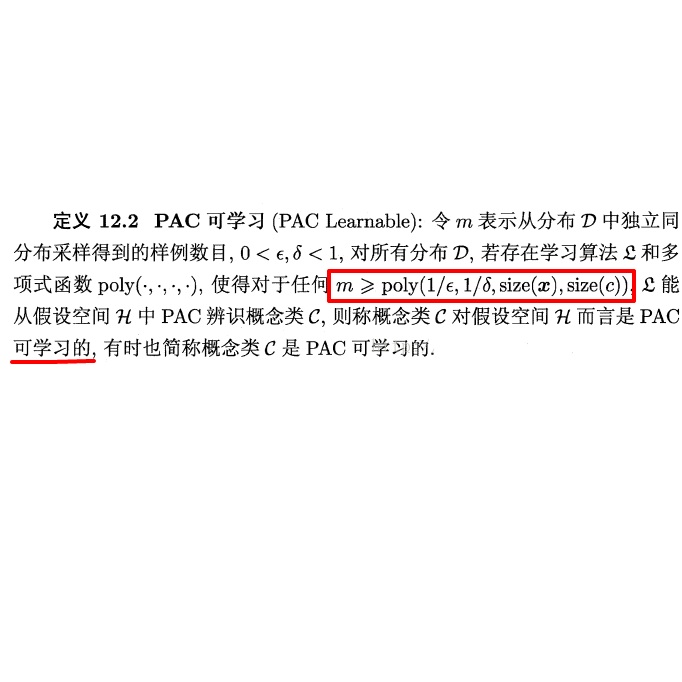Minimum weight codewords play a crucial role in the error correction performance of a linear block code. In this work, we establish an explicit construction for these codewords of polar codes as a sum of the generator matrix rows, which can then be used as a foundation for two applications. In the first application, we obtain a lower bound for the number of minimum-weight codewords (a.k.a. the error coefficient), which matches the exact number established previously in the literature. In the second application, we derive a novel method that modifies the information set (a.k.a. rate profile) of polar codes and PAC codes in order to reduce the error coefficient, hence improving their performance. More specifically, by analyzing the structure of minimum-weight codewords of polar codes (as special sums of the rows in the polar transform matrix), we can identify rows (corresponding to \textit{information} bits) that contribute the most to the formation of such codewords and then replace them with other rows (corresponding to \textit{frozen} bits) that bring in few minimum-weight codewords. A similar process can also be applied to PAC codes. Our approach deviates from the traditional constructions of polar codes, which mostly focus on the reliability of the sub-channels, by taking into account another important factor - the weight distribution. Extensive numerical results show that the modified codes outperform PAC codes and CRC-Polar codes at the practical block error rate of $10^{-2}$-$10^{-3}$.
翻译:暂无翻译



